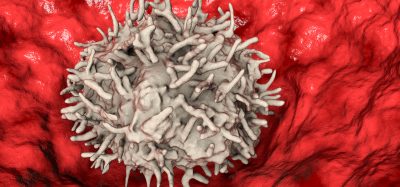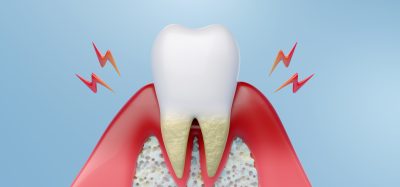New 3D lung-on-a-chip model enables study of respiratory diseases
Posted: 4 May 2021 | Victoria Rees (Drug Target Review) | No comments yet
Scientists have developed a 3D lung-on-a-chip model of the distal lung and alveolar structures, enabling the study of COVID-19.

To better understand respiratory diseases and develop new drugs rapidly, investigators from Brigham and Women’s Hospital, US, have designed a three-dimensional (3D) lung-on-a-chip model of the distal lung and alveolar structures.
Using this development, the researchers are actively studying how COVID-19 viral particles travel through airways and impact pulmonary cells. This technology also enables scientists to investigate how various COVID-19 therapies, such as remdesivir, impact the replication of the virus.
“We believe that it is a true innovation,” said Dr Y Shrike Zhang, one of the researchers. “This is a first-of-its-kind in vitro model of the human lower lung that can be used to test many of the biological mechanisms and therapeutic agents, including antiviral drugs for COVID-19 research.”
According to the team, understanding and developing treatments for COVID-19 requires human clinical trials, which are time- and resource-intensive. With better laboratory models, such as the lung-on-a-chip, researchers may be able to evaluate drugs much faster and help select the drug candidates most likely to succeed in clinical trials.
The new technology can mirror the biological characteristics of the human distal lung. Although previous models have been developed, these are often based on flat surfaces and made with plastic materials, which do not incorporate the curvature of the alveoli and are much stiffer than the human tissue. Researchers created this new model with materials more representative of human alveolar tissue and stimulated cell growth within these 3D spaces.
Testing the model’s effectiveness, the researchers found that the 3D alveolar lung effectively grew cells over multiple days and that these cells adequately populated airway surfaces. Through genome sequencing, the scientists observed that the alveolar lung model more closely resembled the human distal lung than previous two-dimensional (2D) models have. Additionally, the lung-on-a-chip model successfully stimulated breaths of air at the normal frequency for humans.
Beyond COVID-19, the team intends to use this technology to study a broad range of pulmonary conditions, including various lung cancers.
Currently, the lung-on-a-chip only incorporates two out of the 42 cell types existing in the lung. In the future, researchers hope to incorporate more cell types into the model to make it more clinically representative of human lungs.
“In terms of COVID-19, we have had very minimal timelines for developing therapies. In the future, if we have these models ready in hand, we can easily use them to study and test therapeutics in urgent situations where clinical trials are limited,” said Zhang.
Their results are published in PNAS.
Related topics
Disease Research, Drug Development, In Vitro, Organ-on-a-Chip
Related conditions
Covid-19
Related organisations
Brigham and Women's Hospital
Related people
Dr Y Shrike Zhang







